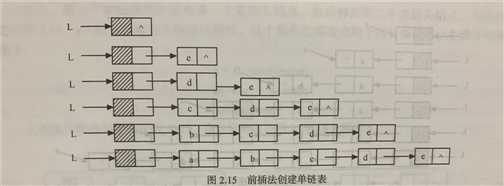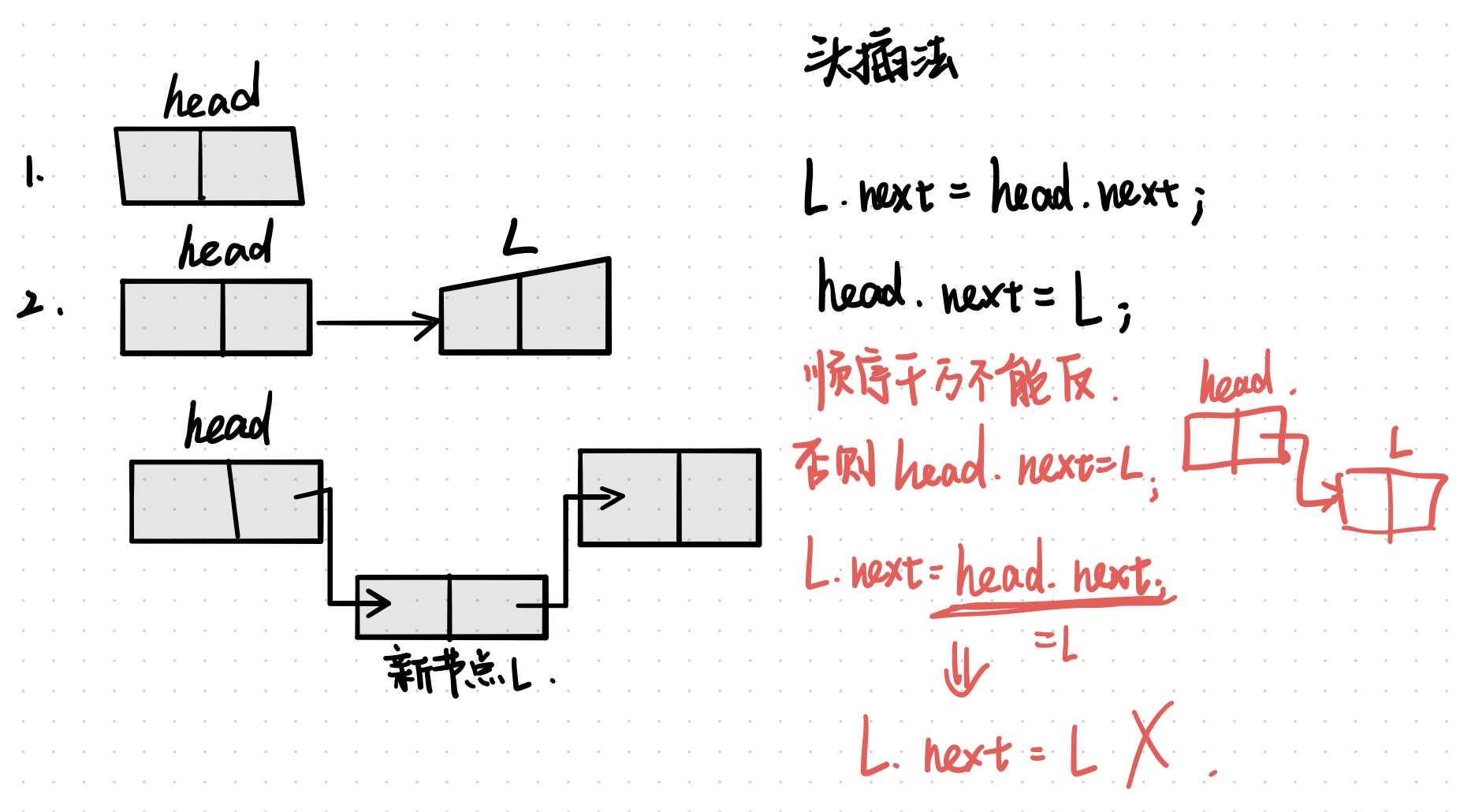标签:位置 next 剑指offer return 节点 第一步 info com 方法
方法1:递归
1 /* 2 public class ListNode { 3 int val; 4 ListNode next = null; 5 6 ListNode(int val) { 7 this.val = val; 8 } 9 }*/ 10 public class Solution { 11 public ListNode ReverseList(ListNode head) { 12 if(head==null || head.next==null){ 13 return head; 14 } 15 ListNode next = head.next; 16 ListNode newHead = ReverseList(next);//先反转后面的链表,从最后面两个节点开始反转,依次向前 17 next.next = head;//将后一个链表节点指向前一个节点 18 head.next = null;//将原链表中前一个节点指向后一个节点的指向关系断开 19 return newHead; 20 } 21 }
方法2:非递归(修改每个节点的next指向上一个节点)

1 /* 2 public class ListNode { 3 int val; 4 ListNode next = null; 5 6 ListNode(int val) { 7 this.val = val; 8 } 9 }*/ 10 public class Solution { 11 public ListNode ReverseList(ListNode head) { 12 //第一步,定义引用pre指向null,cur指向头结点,cur代表当前结点,pre代表当前结点的上一个结点 13 ListNode pre = null; 14 ListNode cur = head; 15 //第二步,循环。先定义一个临时引用temp指向cur的下一个结点 16 ListNode temp = null; 17 while (cur != null) { 18 //(1)temp指向cur的下一个结点 19 temp = cur.next; 20 //(2)cur的next指向cur的上一个结点 21 cur.next = pre; 22 //(3)pre和cur右移,pre指向cur结点,cur指向temp结点 23 pre = cur; 24 cur = temp; 25 } 26 //循环结束后,cur和temp都指向null,pre指向原来链表的最后一个结点,此时为已经反转的链表的头结点 27 //第三步,head指向最后一个结点 28 head = pre; 29 return head; 30 } 31 }
方法3:头插法


1 /* 2 public class ListNode { 3 int val; 4 ListNode next = null; 5 6 ListNode(int val) { 7 this.val = val; 8 } 9 }*/ 10 public class Solution { 11 public ListNode ReverseList(ListNode head) { 12 ListNode root = new ListNode(-1);//逻辑头节点位于-1的位置 13 ListNode next = null;//记录要处理的下一个节点 14 while(head != null){ 15 next = head.next;// 记录要处理的下一个结点 1 2 3 4 5 16 head.next = root.next; // 当前结点的下一个结点指向逻辑头结点的下一个结点 17 root.next = head;// 逻辑头结点的下一个结点指向当前处理的结点 18 head = next;//开始处理下一个节点 19 } 20 return root.next; 21 } 22 }
标签:位置 next 剑指offer return 节点 第一步 info com 方法
原文地址:https://www.cnblogs.com/yzhengy/p/13221632.html